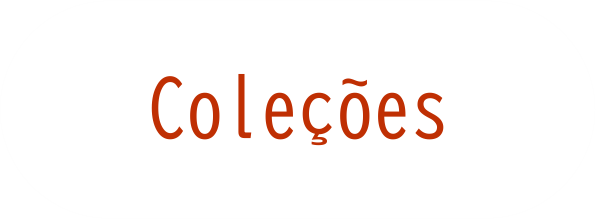A comparative analysis of reproductive biology of insect vectors of human disease
Autor(es): Shaw, W. Robert; Attardo, Geoffrey M.; Aksoy, Serap; Catteruccia, Flaminia
Resumo: Studying the reproductive strategies of insect species that transmit diseases to humans can identify new exploitable targets for the development of vector control methods. Here we describe shared characteristics and individual features of the reproductive biology of three major disease vectors: Anopheles gambiae, Aedes aegypti and Glossina morsitans. Current studies are identifying i) species-specific molecular cascades that determine female monandrous behavior, ii) core aspects of egg development that could be disrupted for controlling natural populations, and iii) the increasingly apparent role of resident microbiota in shaping reproductive success and disease transmission potential. The recent completion of multiple genome sequencing projects is allowing comparative genomics studies that not only increase our knowledge of reproductive processes but also facilitate the identification of novel targets for vector control.
Palavras-Chave: Fly ; Glossina ? Morsitans ; Aedes Aegypti ? Mosquitos ; Anopheles ? Gambiae ; Tsetse ? Fly ; Juvenile ?Hormone ; Cytoplasmic incompatibility ; Molecular characterization ; African trypanosomiasis ; Wolbachia infections ; Host interactions
Imprenta: Current Opinion in Insect Science, v. 10, p. 142-148, 2015
Identificador do Objeto Digital: 10.1016/j.cois.2015.05.001
Descritores: Aedes aegypti - Genome ; Aedes aegypti - Chikungunya Fever ; Aedes aegypti - Public health
Data de Publicação: 2015








